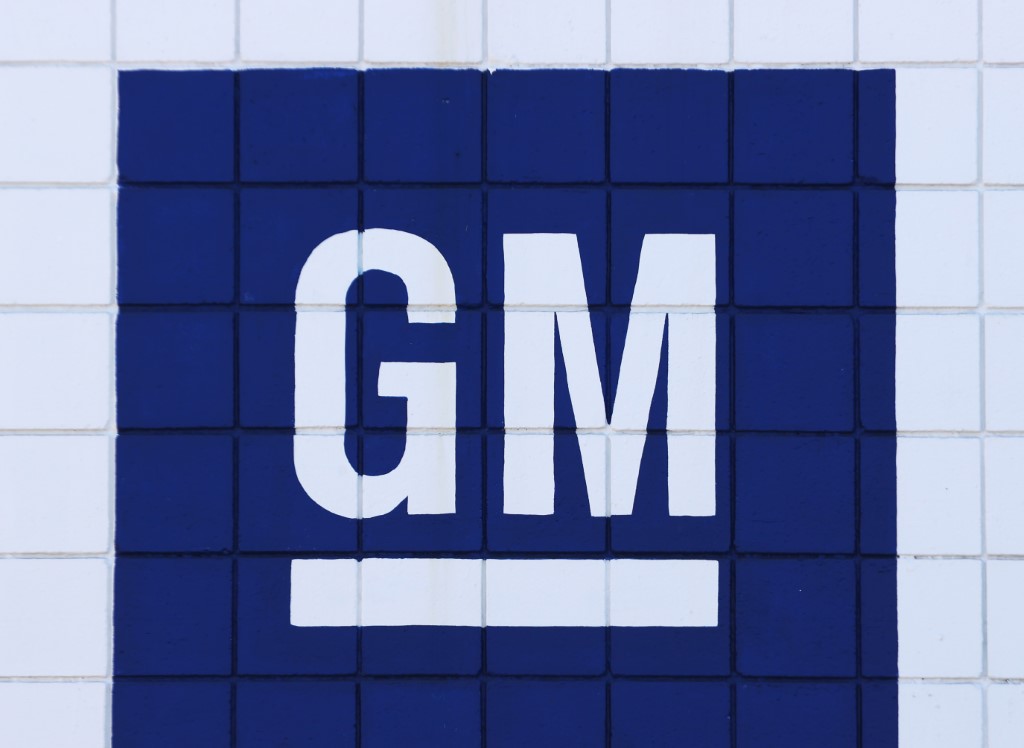New York, United States– General Motors lifted its full-year forecast following another strong quarter on Tuesday as it girds for difficult labor negotiations and questions about the market for its growing electric vehicle business.
The US automaker cited strong consumer demand, which has allowed for solid pricing while keeping incentives in check.
Profits jumped 52 percent to $2.6 billion on revenues of $44.7 billion, which were up 25 percent.
In the spring, market watchers had spoken of a potential cooling in the US vehicle market due to persistently high inflation. But Wall Street analysts have recently pointed to the strong US jobs market as a reason car sales have stayed robust.
The buoyant results come as GM faces some imminent challenges.
These include talks on a new contract with the United Auto Workers, whose new president, Shawn Fain, has adopted an aggressive posture towards GM, Ford and Stellantis, signaling a willingness to strike.
CFRA Research analyst Garrett Nelson said the risk of a UAW strike would act as “near-term overhang” on the company.
Analysts on an earnings conference call also pressed GM executives for their outlook on the EV market in light of price cuts at rival automakers Tesla and Ford.
Shares finished down 3.5 percent at $37.92.
Cutting costs
In the second quarter, GM scored higher deliveries compared with the year-ago period in both North America and China.
Strong areas in North America included “premium” truck offerings, as well as the more affordable Chevrolet Trax, which starts at under $25,000.
GM’s average transaction price came in at $52,248, up about four percent from the year-ago level.
Tuesday’s results, however, were dented by $792 million in costs connected to a recall of the Chevrolet Bolt due to battery problems.
GM is now covering that amount of a previous $1.9 billion hit that LG Electronics and LG Energy Solution had assumed.
GM increased full-year projections, raising its range of annual net income to $9.3-$10.7 billion from $8.4-$9.9 billion.
The Detroit giant reduced its capital spending forecast and is now eyeing a peak of $12 billion for 2023, down $1 billion from the previous outlook.
Chief Executive Mary Barra said the cuts included about $800 million in reduced sales and marketing costs, as well as a smaller reduction in engineering, travel and administrative expenses.
The outlook assumes GM will reach a new labor agreement without a work stoppage.
The UAW’s Fain conspicuously shunned the tradition of opening this year’s contract talks with a ceremonial handshake with Barra and other two auto CEOs. The talks follow a period of strong industry profitability.
Barra pointed to GM’s “long history of negotiating fair contracts,” adding that “our goal this time will be no different.”
Demand for EVs?
Besides labor, questions also surround the market for electric vehicles, with GM ramping up production at a time when car dealerships are seeing greater inventories of EVs and uncertain demand, compared with conventional vehicles.
GM plans to increase production to roughly 100,000 EVs in the second half of 2023, about double the rate of the first half. This includes EV versions of the Chevrolet Blazer, Silverado and Equinox.
Barra also announced GM plans for a “next-generation Bolt,” reviving the Chevy vehicle after announcing the end of production only three months ago. The new model should incorporate advances from its Ultium battery system.
Barra described “unexpected delays” in EV ramp-up due to an issue with the company’s automation supplier, but said the problem was being addressed.
She expressed unwavering confidence in the company’s aggressive EV strategy, including its pricing for the Silverado, a rival to the F-150 Lightning for which Ford recently cut prices.
“I’m very confident with the product portfolio we have coming, the pricing and the demand,” she said.








